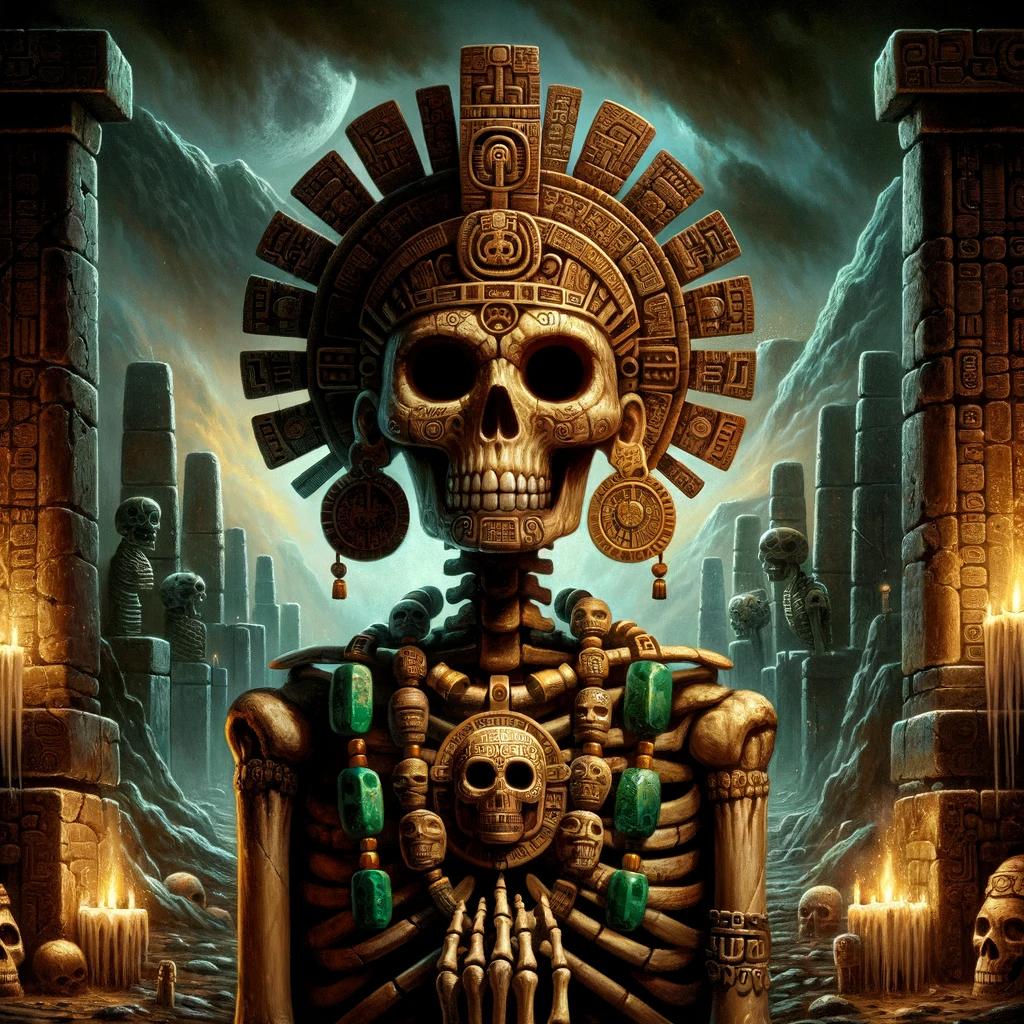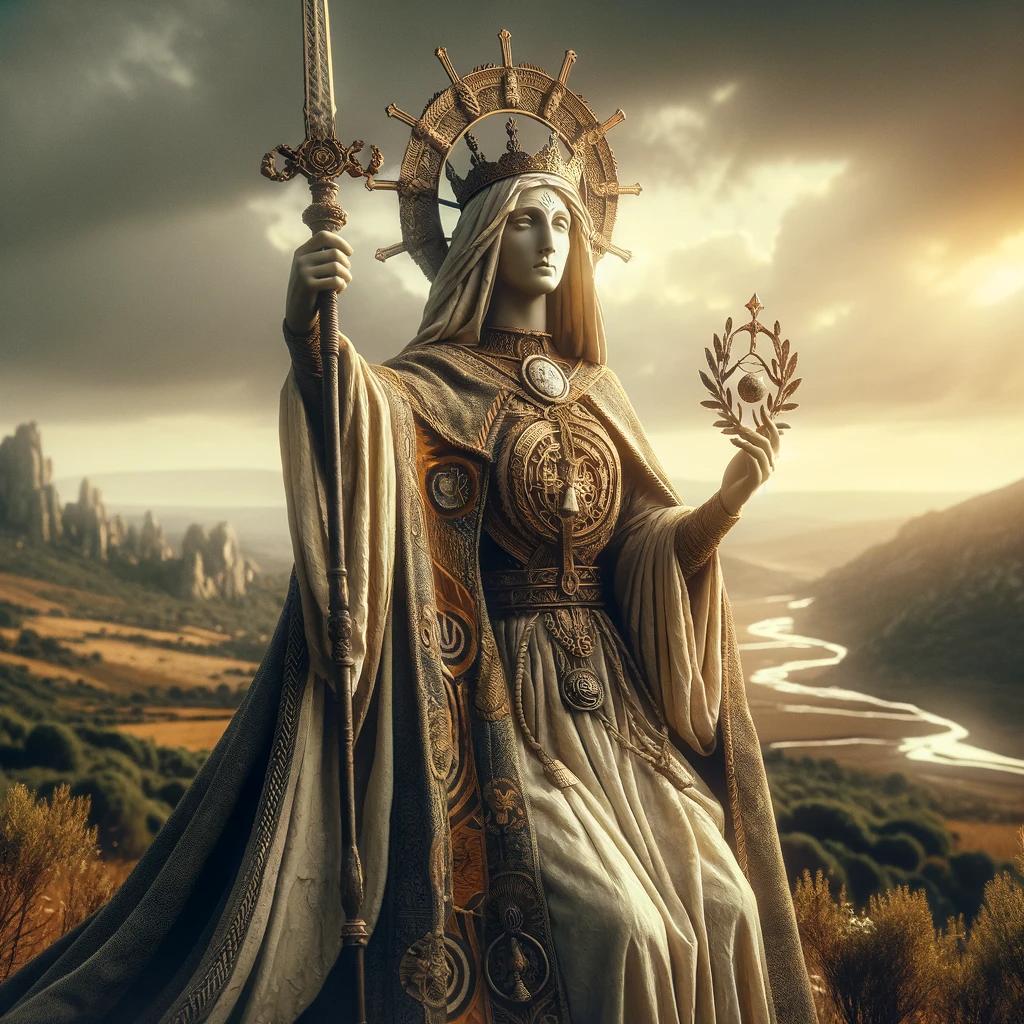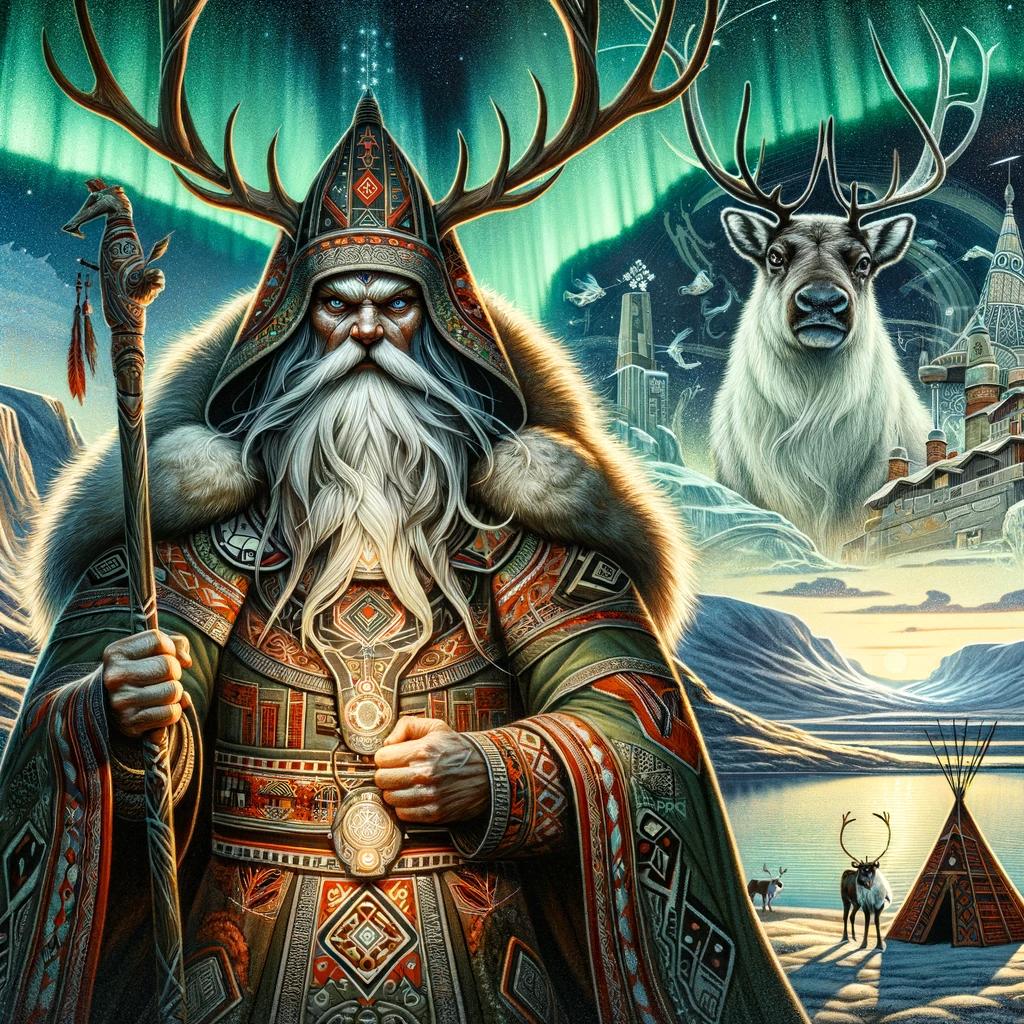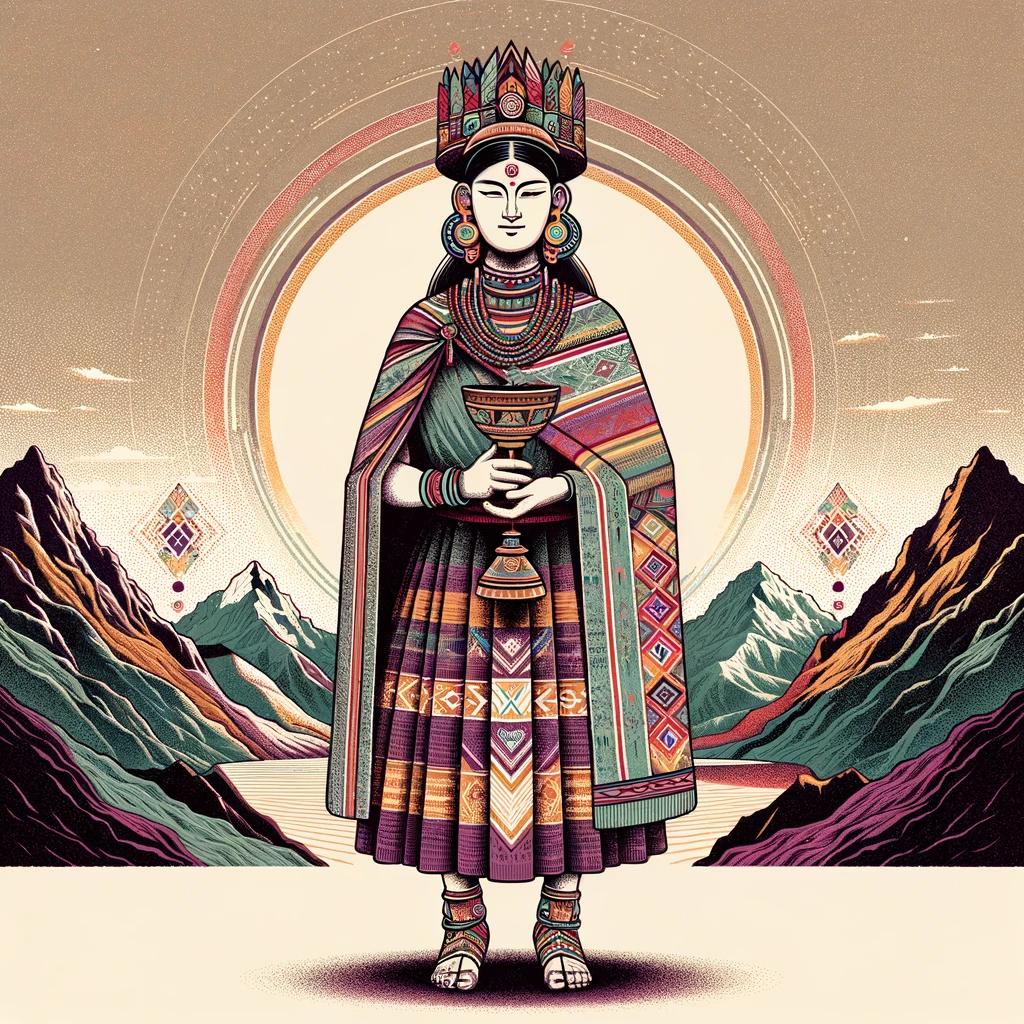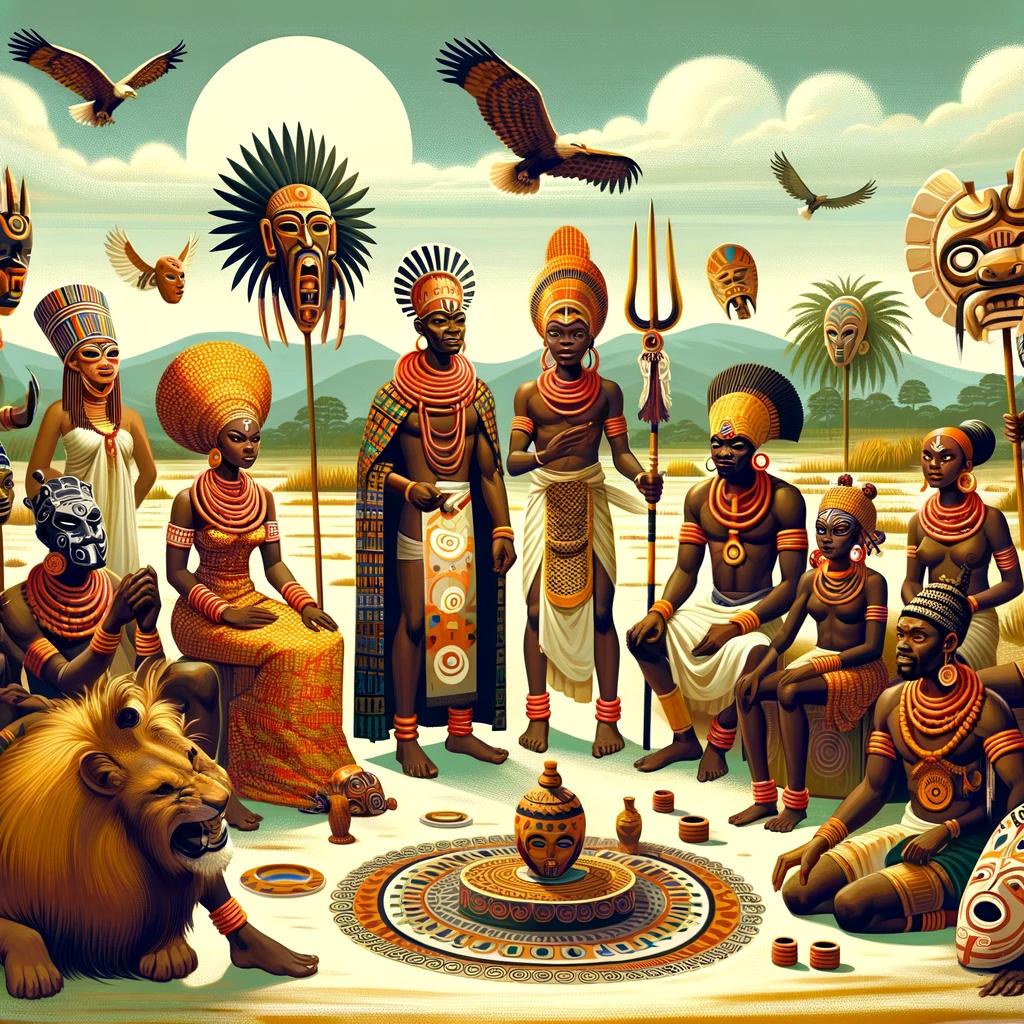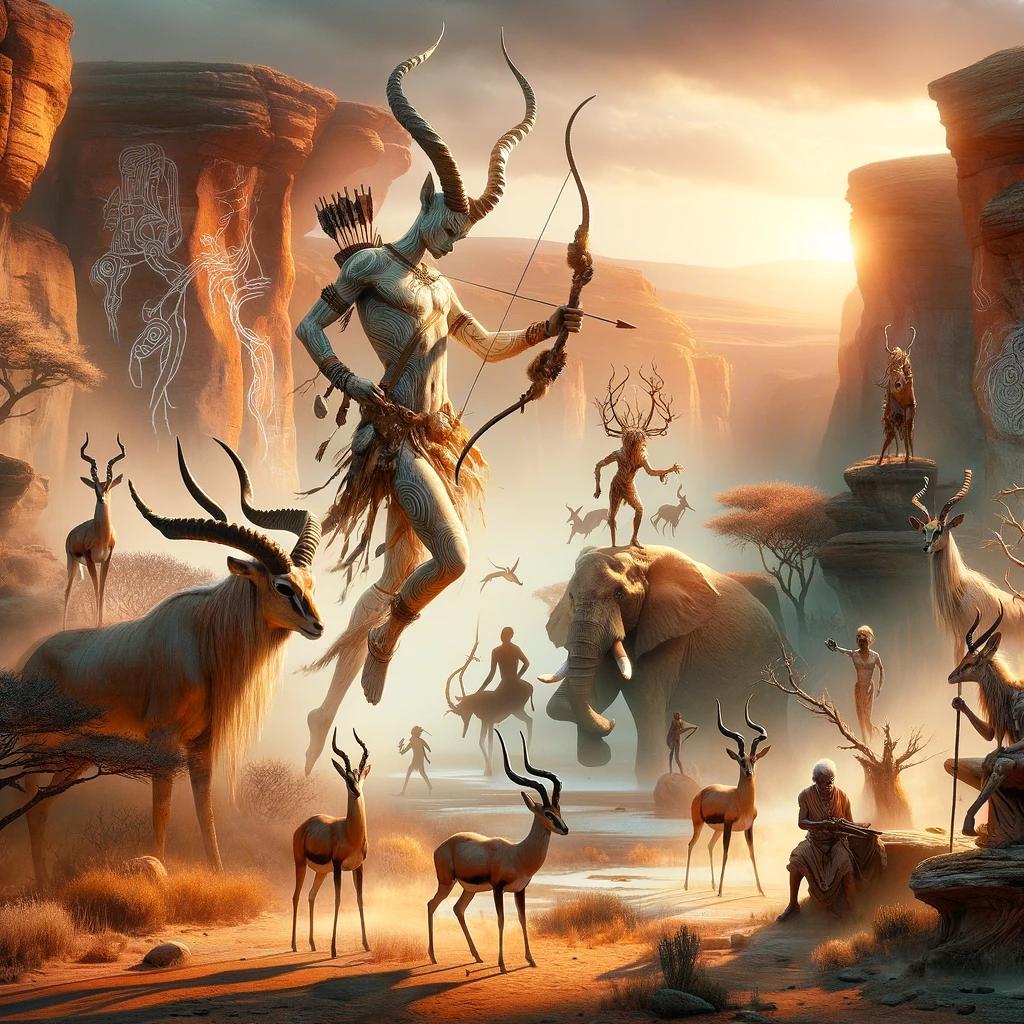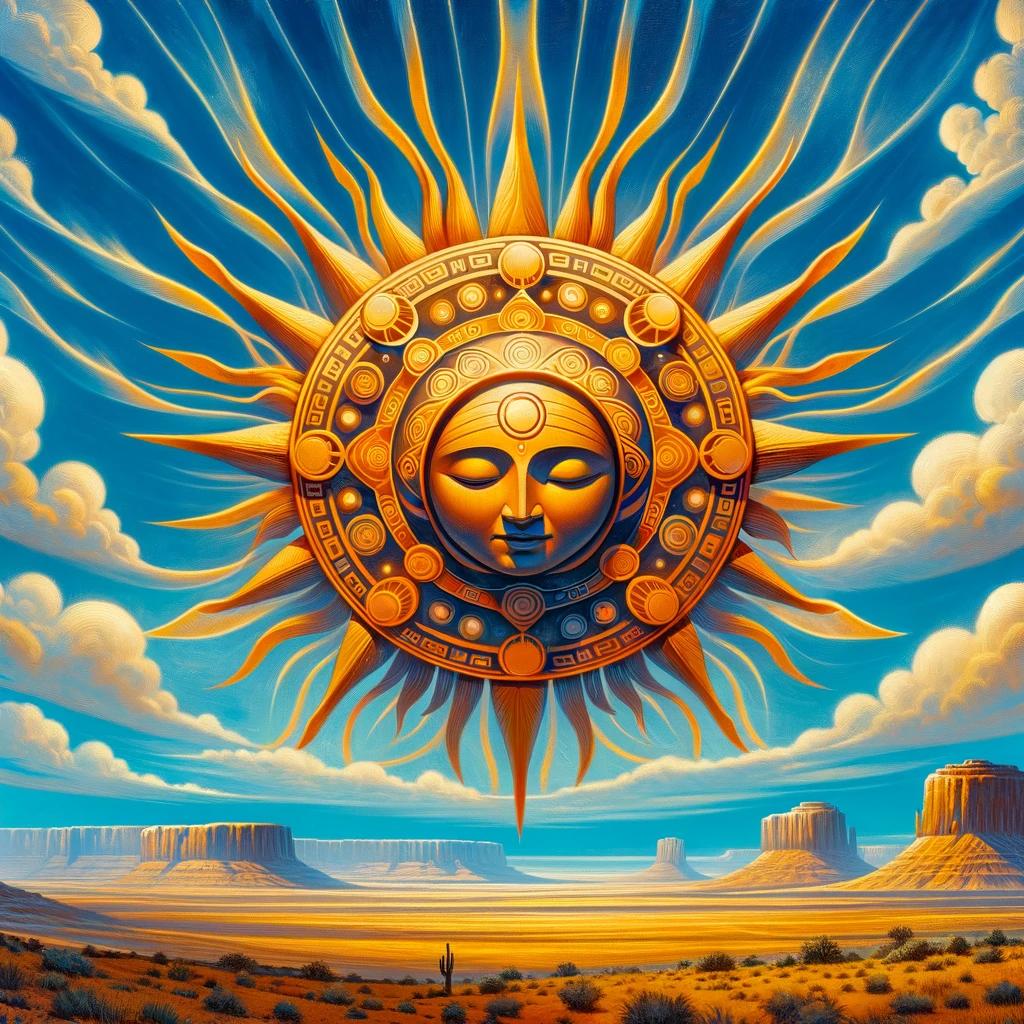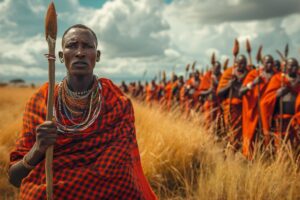Discover the Mysterious Olmec God of Death: Unveiling Ancient Mexican Civilization’s Divine Secrets
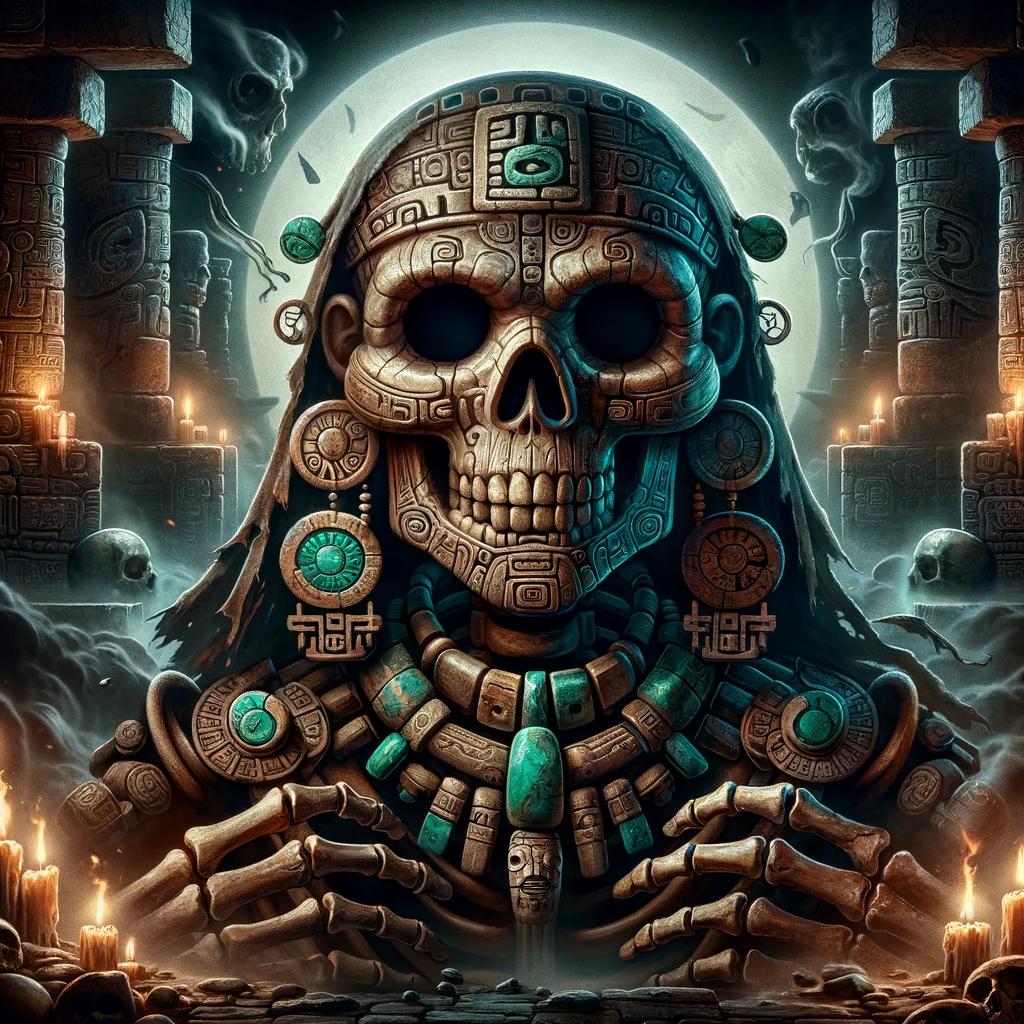
The Olmec God of Death, an enigmatic figure from ancient Mesoamerican civilization, holds profound significance in Olmec religion and beliefs. Discover their role, symbolism, and influence on the culture through intricate sculptures, art, and religious practices.
Explore the connections between Olmec cosmology and rituals, as well as the god’s association with human sacrifice and the afterlife. Unveiling these mysteries helps shed light on the broader impact of Olmec religion on subsequent Mesoamerican cultures.
Embark on a journey to understand this captivating deity’s crucial place in Olmec mythology and religious practices.
The Olmec Civilization: Origins, History, and Legacy
The Olmec civilization, flourishing in Mesoamerica, holds a fascinating history that encompasses its origins, cultural, social, and political structures, as well as its influential legacy on subsequent Mesoamerican civilizations.
The Rise of the Olmec Culture in Mesoamerica
The Olmec culture emerged as a dominant force in Mesoamerica during the pre-classic period, around 1200 to 600 BC.
This period saw the rise of distinctive Olmec characteristics and artistic expressions, setting them apart from contemporary cultures.
Cultural, Social, and Political Structures of the Olmec Civilization
The Olmec civilization showcased remarkable advancements, evident in their cultural, social, and political structures. They inhabited agricultural-based villages and developed complex social hierarchies, featuring elite rulers and specialized labor forces.
The Olmec society thrived on a powerful religious system that influenced their everyday life. This religious fervor permeated through their art, reflecting the diverse deities and supernatural forces that played significant roles in their cosmology.
Influence and Legacy of the Olmecs on Subsequent Mesoamerican Civilizations
The Olmec civilization left an indelible mark on subsequent Mesoamerican cultures, laying the foundation for future developments. The profound influences of Olmec religious beliefs, art, and social structures can be traced in the later civilizations of the Maya and the Aztecs.
The Olmec legacy extends beyond their physical reign, as their cultural contributions became an integral part of Mesoamerican identity. Understanding the origins, history, and legacy of the Olmec civilization provides crucial insights into the broader tapestry of Mesoamerican history.
Unveiling Olmec Religion and Beliefs
The Olmec civilization has left behind a rich legacy of religious practices and beliefs that offer a fascinating glimpse into their worldview. Exploring the Olmec religious system allows us to understand the complex network of spiritual beliefs that guided their lives.
Understanding the Olmec Religious System
The Olmec religious system was characterized by a multiplicity of gods and supernatural forces that governed the universe and human societal structures. Through the analysis of their artwork and artifacts, we can begin to identify and interpret these deities, unraveling their significance in Olmec cosmology.
Ritual Practices and Ceremonies in Olmec Culture
Ritual practices were an integral part of Olmec religious life, serving as a means to establish and maintain the connection between the human and divine realms. These ceremonies included offerings, dances, and possibly even bloodletting rituals, which were believed to maintain the harmony between the physical and spiritual worlds.
Connections between Olmec Religion and Cosmology
The Olmec people believed in a strong interrelationship between their religious beliefs and the order of the cosmos. Understanding these connections can provide insights into how the Olmec interpreted the natural world, celestial phenomena, and the cycles of life and death.
- Symbolism and Cosmology: Olmec representations in art and iconography reveal their connections between gods, nature, and the cosmos.
- Religious Calendar: The Olmecs developed a religious calendar based on astronomical observations, linking their rituals and ceremonies to celestial events and agricultural cycles.
Studying the complex relationship between Olmec religion and cosmology sheds light on their worldview, allowing us to appreciate the intricate web of beliefs that guided their spiritual and social lives.
Olmec Gods and Deities
The Olmec civilization had a rich and diverse pantheon of gods and deities that played important roles in their religious practices and belief system.
Introduction to the Pantheon of Olmec Deities
The Olmec pantheon consisted of numerous gods and goddesses, each associated with specific aspects of life and nature.
These deities were revered and worshipped through elaborate rituals and ceremonies.
The Olmec Dragon and Its Symbolism in Olmec Religion
One of the most prominent and intriguing deities in the Olmec pantheon is the Olmec Dragon. This deity, represented with attributes of an eagle, jaguar, human, and serpent, held great symbolic significance in Olmec religion.
It was associated with the elements of earth, water, fire, and agricultural fertility.
The Enigmatic Olmec Bird Monster: Its Role and Significance
Another enigmatic deity in the Olmec pantheon is the Olmec Bird Monster. This being, resembling a predatory bird with mammal and reptile characteristics, was closely associated with the importance of maize, one of the staple crops in Olmec agriculture.
Its role and significance in Olmec religious practices remain a subject of intrigue and speculation.
Other Prominent Deities in the Olmec Pantheon
Besides the Olmec Dragon and Bird Monster, the Olmec pantheon included various other deities. These deities had specific attributes and functions, although some details and names have been lost over time.
Through archaeological findings and artistic representations, we continue to uncover more about these lesser-known deities and their place within Olmec religious beliefs.
Examining Olmec Art and its Religious Significance
The artistic expressions of the Olmec civilization provide crucial insights into their religious beliefs and practices.
Examining various forms of art, such as sculptures, monuments, and ritual objects, allows us to decode the symbolism and iconography embedded within Olmec art.
Sculptures and Monuments: Expressions of Olmec Religious Beliefs
The Olmec culture is renowned for its monumental stone sculptures that depict deities and supernatural entities.
These sculptures, often found in ceremonial centers and important sites, showcase the deep religious significance in Olmec society. Through the intricate details and elaborate craftsmanship, these sculptures communicate the power and reverence given to the Olmec gods.
They offer a glimpse into the Olmec’s religious worldview, highlighting their connections to the natural world and the cosmos.
Symbolism and Iconography in Olmec Art
Symbolism and iconography played a central role in Olmec art, providing a visual language through which religious concepts and beliefs were conveyed. The Olmec artists utilized specific symbols and motifs to represent their gods and spiritual concepts.
Serpents, jaguars, birds, and hybrid creatures were recurring elements in Olmec art, signifying their connection to the divine realm. These symbols held deep cultural and religious significance, representing various aspects of Olmec cosmology and religious practices.
Ritual Objects and their Connection to Olmec Religious Practices
The Olmec culture also produced a wide array of ritual objects that held immense religious importance. These objects, ranging from intricately carved jade figurines to beautifully crafted pottery, were used in religious ceremonies and rituals.
The ritual objects often depicted gods and mythical creatures, acting as conduits between the human and divine realms. Their inclusion in religious practices highlights the role of material culture and artistic expressions in Olmec religious rituals, reinforcing the significance of art in communicating and reinforcing spiritual beliefs.
Olmec Religion and Its Influence on Later Mesoamerican Cultures
The religious beliefs and practices of the Olmec civilization had a profound impact on the development of subsequent Mesoamerican cultures, including the Aztec and Maya societies. Traces of Olmec religious concepts can be found in various aspects of these later civilizations, showcasing the enduring influence of Olmec spirituality.
Traces of Olmec Religious Concepts in Aztec and Maya Societies
The Aztec and Maya societies, known for their rich mythologies and intricate religious practices, bear signs of borrowing or being influenced by the Olmec religious system. Elements such as the worship of powerful deities and the incorporation of animal symbolism can be observed in both Aztec and Maya cosmologies.
- The Aztecs revered gods and goddesses similar to those worshipped by the Olmecs. For example, the Olmec Dragon, a prominent deity associated with the earth and fertility, shares similarities with Quetzalcoatl, the feathered serpent god of the Aztecs.
- The Maya civilization incorporated certain Olmec religious concepts into their own belief system.
They adopted the worship of deities like the Olmec Bird Monster, which represented the connection between the natural and supernatural realms.
Continuity and Transformation of Olmec Religious Ideas in Subsequent Cultures
The influence of Olmec religion extended beyond direct borrowing into the transformation and adaptation of Olmec religious ideas.
As Mesoamerican cultures evolved, they incorporated and reinterpreted Olmec concepts, creating a unique religious tapestry.
- The Aztecs, while drawing on Olmec traditions, also developed their own distinct religious practices.
They blended Olmec influences with their own mythology and created a pantheon of gods, building on the foundation laid by their predecessors.
- The Maya civilization, renowned for their intricate belief system, incorporated Olmec elements into their rituals and religious art.
The Olmec Dragon, for example, may have influenced the conception of Maya serpent deities like Kukulkan.
This interplay between Olmec religion and later Mesoamerican cultures showcases the ongoing relevance and evolution of ancient spiritual beliefs in shaping the beliefs and practices of subsequent civilizations.
The Olmec God of Death: A Closer Look into its Role and Representation
The Olmec God of Death holds a significant place in Olmec religion and mythology, with various fascinating aspects to explore. This section examines the mythological narratives involving the Olmec God of Death, shedding light on the stories, symbols, and interpretations surrounding this enigmatic figure.
Mythological Narratives Involving the Olmec God of Death
The Olmec culture preserved oral traditions and myths that revolved around their deities, including the God of Death. These narratives offer insights into the perceived role, characteristics, and interactions of this deity within the Olmec pantheon.
Through these stories, we gain a deeper understanding of the Olmec worldview and their beliefs about the afterlife.
The Olmec God of Death’s Association with Human Sacrifice and the Afterlife
Linked to the God of Death is the concept of human sacrifice, a practice that played a significant role in Olmec religious rituals.
Exploring the association between the Olmec God of Death and human sacrifice provides insights into the perceived connection between life, death, and the divine. Additionally, understanding the Olmec notions of the afterlife helps unravel the significance of this deity within their religious cosmology.
Comparisons and Contrasts with Similar Deities in Mesoamerican Religions
While the Olmec God of Death holds a unique place in their culture, it is intriguing to consider the parallels and distinctions between this deity and similar gods in other Mesoamerican religions.
By examining the attributes, symbols, and roles of death deities in neighboring civilizations such as the Maya and Aztecs, we can gain a broader perspective on the Olmec God of Death’s significance and influence in the region.
Unraveling the Mysteries: Insights and Conjectures about Olmec Religion
As we delve deeper into the study of Olmec religion, we encounter various research and interpretive challenges. Unraveling the mysteries surrounding this ancient belief system requires careful analysis of the available evidence.
Research and Interpretive Challenges in Understanding Olmec Religion
One of the main obstacles in comprehending Olmec religion lies in the scarcity of written records. Unlike later Mesoamerican civilizations, such as the Maya or Aztecs, the Olmecs did not develop a hieroglyphic writing system.
As a result, researchers heavily rely on the interpretation of archaeological findings, including imagery and artifacts, to reconstruct their religious practices.
Another challenge is the fragmented nature of the Olmec civilization.
The Olmec heartland was spread across various sites, and each location seems to have had its own religious practices. This regional diversity makes it difficult to discern a cohesive religious framework and understand the nuances within the Olmec belief system.
Scholarly Perspectives and Controversies Surrounding Olmec Religious Practices
The study of Olmec religion is an ongoing academic pursuit, where different scholarly perspectives and controversies emerge. Interpretations of Olmec art and iconography can vary, leading to debates about the identity and significance of certain deities depicted.
Scholars also differ in their interpretations of ritual practices and the roles that these religious practices played in Olmec society.
Furthermore, the association of Olmec religion with human sacrifice remains a subject of discussion.
While some researchers argue for evidence of ritualized bloodletting and sacrificial practices, others propose alternative explanations for the archaeological findings, highlighting the need for additional research and analysis.
By acknowledging these research challenges and engaging in scholarly debates, we gain valuable insights and conjectures about Olmec religion.
While we may never have a complete understanding of this ancient belief system, it is through rigorous examination and critical thinking that we continue to unravel the mysteries surrounding Olmec religious practices.
Unraveling the Mysteries: Insights and Conjectures about Olmec Religion
As we delve deeper into the study of Olmec religion, we encounter various research and interpretive challenges. Unraveling the mysteries surrounding this ancient belief system requires careful analysis of the available evidence.
Research and Interpretive Challenges in Understanding Olmec Religion
One of the main obstacles in comprehending Olmec religion lies in the scarcity of written records. Unlike later Mesoamerican civilizations, such as the Maya or Aztecs, the Olmecs did not develop a hieroglyphic writing system.
As a result, researchers heavily rely on the interpretation of archaeological findings, including imagery and artifacts, to reconstruct their religious practices.
Another challenge is the fragmented nature of the Olmec civilization.
The Olmec heartland was spread across various sites, and each location seems to have had its own religious practices. This regional diversity makes it difficult to discern a cohesive religious framework and understand the nuances within the Olmec belief system.
Scholarly Perspectives and Controversies Surrounding Olmec Religious Practices
The study of Olmec religion is an ongoing academic pursuit, where different scholarly perspectives and controversies emerge. Interpretations of Olmec art and iconography can vary, leading to debates about the identity and significance of certain deities depicted.
Scholars also differ in their interpretations of ritual practices and the roles that these religious practices played in Olmec society.
Furthermore, the association of Olmec religion with human sacrifice remains a subject of discussion.
While some researchers argue for evidence of ritualized bloodletting and sacrificial practices, others propose alternative explanations for the archaeological findings, highlighting the need for additional research and analysis.
By acknowledging these research challenges and engaging in scholarly debates, we gain valuable insights and conjectures about Olmec religion.
While we may never have a complete understanding of this ancient belief system, it is through rigorous examination and critical thinking that we continue to unravel the mysteries surrounding Olmec religious practices.
The Extensive Influence of Olmec Religion on Art, Culture, and Society
Religion played a significant role in shaping the art, culture, and society of the Olmec civilization. The religious beliefs and practices of the Olmecs had a profound impact on various aspects of their way of life.
Impact of Olmec Religion on Agricultural Fertility and Economic Systems
The Olmec religion placed great importance on agricultural fertility, primarily centered around the cultivation of maize. They believed that their gods and deities controlled the cycles of nature and were responsible for the abundance of crops.
This belief system influenced their agricultural practices, with rituals and ceremonies performed to ensure bountiful harvests. These rituals often involved offerings and sacrifices to the gods, demonstrating the Olmec’s deep connection between religion, agriculture, and their economic prosperity.
Their strong emphasis on agricultural fertility also extended to the economic systems of the Olmec civilization. The abundance of crops resulting from their religious practices allowed for the development of a thriving trade network and economic stability within their society.
The Role of Ritual and Religious Beliefs in Olmec Social Hierarchies
Religion served as a foundation for the social hierarchies within Olmec society. The rulers and elites held significant religious authority and were believed to have direct connections with the divine.
Religious rituals and ceremonies were often performed by the ruling class, further solidifying their status and power. These ceremonies, which included offerings and sacrifices, reinforced the idea of divine legitimacy and the ruler’s role as a mediator between the gods and the people.
Additionally, the Olmec religion influenced the concept of kingship. The rulers were not only political leaders but also considered divine representatives on Earth, embodying the power and authority of the gods.
- The Olmec civilization’s religious practices fostered a hierarchical society, where divine connections and religious power were intertwined with political and social structures.
- Rituals and ceremonies enacted by the ruling class reinforced their authority and established their role as intermediaries between the gods and the people.
- Religious beliefs played a central role in legitimizing the rulers’ power, solidifying their control over society.
In conclusion, the Olmec religion left a lasting impact on the art, culture, and society of the civilization.
Their belief in the connection between religious practices, agricultural fertility, and economic prosperity shaped their agricultural systems and trade networks. Furthermore, religious beliefs and rituals influenced the social hierarchy, with rulers serving as divine representatives and religious authority figures.
The extensive influence of Olmec religion underscores its significance in shaping the overall fabric of Olmec civilization.
Rediscovering Olmec Religion: Current Discoveries and Future Directions
Recent Archaeological Finds Shedding Light on Olmec Religious Practices
Recent archaeological excavations have brought to light new insights into the religious practices of the Olmec civilization. These discoveries include various artifacts, such as figurines, sculptures, and ceremonial objects, providing valuable clues about their religious beliefs and rituals.
For example, the uncovering of elaborate burial sites and offerings has revealed the significance of ancestor veneration in Olmec religion. Additionally, the identification of specific symbols and iconography has shed light on the deities worshipped and the rituals performed.
Areas of Further Exploration and Research in Olmec Religion
- The role of shamans and priests in Olmec religious practices
- The significance of sacred landscapes and pilgrimage sites
- The relationship between Olmec religion and political power
- The connections between Olmec religious practices and cosmology
- The influence of Olmec religion on the development of Mesoamerican calendars
Exploring the Role of Shamans and Priests
Further research is needed to understand the roles and practices of shamans and priests within Olmec religious ceremonies.
By studying the artifacts and depictions associated with these individuals, we can gain insights into their interactions with the gods and their influence on the community.
The Significance of Sacred Landscapes and Pilgrimage Sites
Understanding the significance of sacred landscapes and pilgrimage sites is crucial in unraveling the complexities of Olmec religious beliefs.
By analyzing the locations of monumental structures and their alignment with celestial phenomena, we can discern the spiritual and cosmological connections that shaped the Olmec worldview.
The Relationship Between Olmec Religion and Political Power
Exploring the interplay between Olmec religion and political power offers a deeper understanding of the society’s social structures.
Investigating the roles of rulers and elites in religious ceremonies and examining their connections to specific deities can provide insights into power dynamics and the legitimization of authority.
The Connections Between Olmec Religious Practices and Cosmology
Exploring the connections between Olmec religious practices and cosmology can shed light on their understanding of the universe and their place within it.
By examining celestial alignments in relation to religious rituals, we can discern the Olmec’s perception of time and space and its significance within their religious framework.
The Influence of Olmec Religion on the Development of Mesoamerican Calendars
The Olmec’s rich religious beliefs likely played a significant role in the development of Mesoamerican calendars.
Further research is needed to understand the specific contributions of Olmec religious practices to the intricate calendar systems that emerged in later Mesoamerican civilizations, such as the Maya and Aztecs.
.

